Related Research Articles
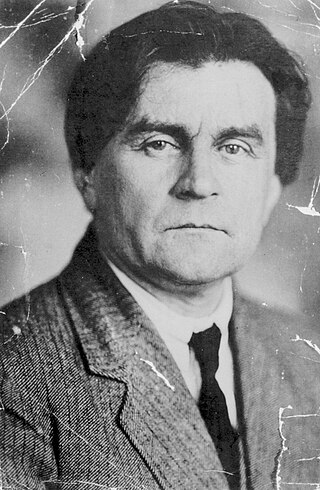
Kazimir Severinovich Malevich was a Russian avant-garde artist and art theorist, whose pioneering work and writing influenced the development of abstract art in the 20th century. He was born in Kiev, modern-day Ukraine, to an ethnic Polish family. His concept of Suprematism sought to develop a form of expression that moved as far as possible from the world of natural forms (objectivity) and subject matter in order to access "the supremacy of pure feeling" and spirituality. Active primarily in Russia, Malevich was a founder of the artists collective UNOVIS and his work has been variously associated with the Russian avant-garde and the Ukrainian avant-garde, and he was a central figure in the history of modern art in Central and Eastern Europe more broadly.

Lucian Michael Freud was a British painter and draughtsman, specialising in figurative art, and is known as one of the foremost 20th-century English portraitists. He was born in Berlin, the son of Jewish architect Ernst L. Freud and the grandson of Sigmund Freud. Freud got his first name "Lucian" from his mother in memory of the ancient writer Lucian of Samosata. His family moved to England in 1933, when he was 10 years old, to escape the rise of Nazism. He became a British naturalized citizen in 1939. From 1942 to 1943 he attended Goldsmiths' College, London. He served at sea with the British Merchant Navy during the Second World War.
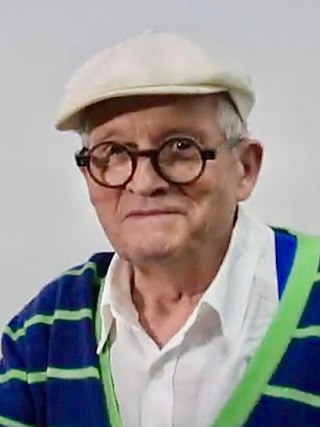
David Hockney is an English painter, draughtsman, printmaker, stage designer, and photographer. As an important contributor to the pop art movement of the 1960s, he is considered one of the most influential British artists of the 20th and 21st centuries.

Suprematism is an early twentieth-century art movement focused on the fundamentals of geometry, painted in a limited range of colors. The term suprematism refers to an abstract art based upon "the supremacy of pure artistic feeling" rather than on visual depiction of objects.
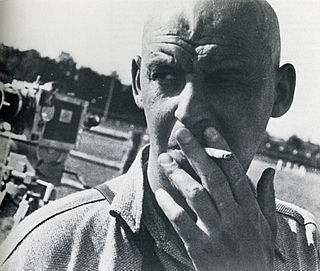
Aleksander Mikhailovich Rodchenko was a Russian and Soviet artist, sculptor, photographer, and graphic designer. He was one of the founders of constructivism and Russian design; he was married to the artist Varvara Stepanova.

Adolph Friedrich Reinhardt was an abstract painter active in New York for more than three decades. He was a member of the American Abstract Artists (AAA) and part of the movement centered on the Betty Parsons Gallery that became known as abstract expressionism. He was also a member of The Club, the meeting place for the New York School abstract expressionist artists during the 1940s and 1950s. He wrote and lectured extensively on art and was a major influence on conceptual art, minimal art and monochrome painting. Most famous for his "black" or "ultimate" paintings, he claimed to be painting the "last paintings" that anyone can paint. He believed in a philosophy of art he called Art-as-Art and used his writing and satirical cartoons to advocate for abstract art and against what he described as "the disreputable practices of artists-as-artists".
Komar and Melamid is a tandem team of Russian-born American conceptualist artists Vitaly Komar and Alexander Melamid. In an artists' statement they said that "even if only one of us creates some of the projects and works, we usually sign them together. We are not just an artist, we are a movement." Both artists were born in Moscow, but emigrated to Israel in 1977 and subsequently to New York in 1978. The pair's co-authorship of works ceased in 2003–2004.
Soviet nonconformist art was Soviet art produced in the former Soviet Union outside the control of the Soviet state started in the Stalinist era, in particular, outside of the rubric of Socialist Realism. Other terms used to refer to this phenomenon are Soviet counterculture, "underground art" or "unofficial art".

Alex Katz is an American figurative artist known for his paintings, sculptures, and prints. Since 1951, Katz's work has been the subject of more than 200 solo exhibitions and nearly 500 group exhibitions throughout the United States and internationally. He is well known for his large paintings, whose bold simplicity and heightened colors are considered as precursors to Pop Art.
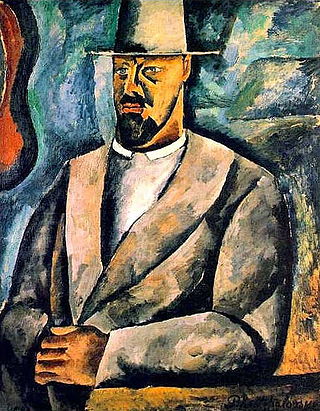
Pyotr Petrovich Konchalovsky was a Russian and Soviet painter, a member of the Knave of Diamonds group.

Alexander Mikhailovich Semionov was a Soviet Russian painter, a member of the Leningrad Union of Artists and representative of the Leningrad School of Painting, most famous for his cityscape paintings.

Nikolai Efimovich Timkov was a Soviet Russian painter, Honored Artist of Russian Federation, and a member of the Saint Petersburg Union of Artists. He lived and worked in Leningrad and is regarded as one of the leading representatives of the Leningrad School of Painting, worldwide known for his landscape paintings.
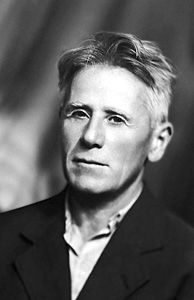
Gevork Vartanovich Kotiantz was a Soviet, Russian - Armenian painter, who lived and worked in Leningrad, regarded as one of representatives of the Leningrad school of painting.

Engels Vasilievich Kozlov was a Soviet Russian painter, People's Artist of Russia, lived and worked in Leningrad – Saint Petersburg, regarded as one of representatives of the Leningrad school of painting, most famous for his genre and portrait painting.
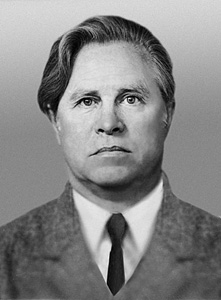
Mikhail Georgievich Kozell was a Soviet Russian painter and Art teacher, who lived and worked in Leningrad, and who belonged to the Leningrad School of Painting, most famous for his landscape painting.

Alek Rapoport was a Ukrainian Nonconformist artist, art theorist, and teacher.

Spring Day (Russian: Весенний день is a painting by Russian artist Nikolai Matveevich Pozdneev. It was painted in 1959.
The year 1924 was marked by many events that left an imprint on the history of Soviet and Russian Fine Arts.
The year 1925 was marked by many events that left an imprint on the history of Soviet and Russian Fine Arts.

Julius Sergius von Klever was a Baltic German landscape painter.
References
- ↑ An Artist from the World of the mysterious 70's. St. Petersburg State University.
- ↑ "rusmuseum.ru". Klever.
- ↑ Norton and Nancy Dodge Collection (1995). Nonconformist Art - The Soviet experience 1956-1986. THAMES AND HUDSON (500 Fifth Avenue New York New York 10111). ISBN 978-0-500-23709-0. LCCN 95-60469.